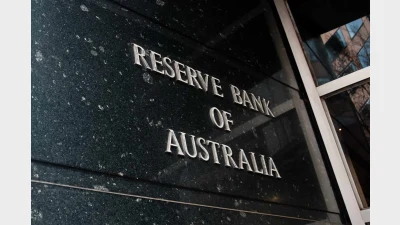GFC reveals super flaws
The Self-Managed Superannuation Professionals’ Association of Australia (SPAA) believes the global financial crisis has served to highlight weaknesses in the governance of superannuation regulated by the Australian Prudential Regulation Authority (APRA).
In a submission to the Cooper Review, SPAA argued that amongst those weaknesses were inadequate guidelines and controls relating to the valuation of illiquid assets and the calculation of resultant earning rates applied to members.
It said that the failure of many complex investment structures and investment companies had also highlighted trustees might have placed an over-reliance on external investment research and non-fund specific or inadequate advice.
The SPAA submission said that large funds had also experienced liquidity problems during the global financial crisis, resulting in suspension of benefit payments to members and switches between investment options.
It said this had demonstrated how many trustees had inadequate investment strategies or were unwilling or unable to react in a timely manner to the changing economic conditions.
The SPAA submission has also argued that the call centre facilities and other services offered by larger superannuation funds will not necessarily assist members in better understanding their superannuation entitlement and options.
“SPAA believes that the existing framework whereby financial advisors provide assistance and advice to members and where members have the ability to choose from a range of superannuation options (from employer, retail, industry and SMSFs) is critical to a robust retirement system,” it said.
The submission said that SPAA believed widespread consolidation of the superannuation sector risked a reduction in the ability for people to develop relationships with financial advisors and others that would assist them to understand and customise their superannuation requirements.
Recommended for you
Superannuation funds have posted another year of strong returns, but this time, the gains weren’t powered solely by Silicon Valley.
Australia’s $4.1 trillion superannuation system is doing more than funding retirements – it’s quietly fuelling the nation’s productivity, lifting GDP, and adding thousands to workers’ pay packets, according to new analysis from the Association of Superannuation Funds of Australia (ASFA).
Large superannuation accounts may need to find funds outside their accounts or take the extreme step of selling non-liquid assets under the proposed $3 million super tax legislation, according to new analysis from ANU.
Economists have been left scrambling to recalibrate after the Reserve Bank wrong-footed markets on Tuesday, holding the cash rate steady despite widespread expectations of a cut.









